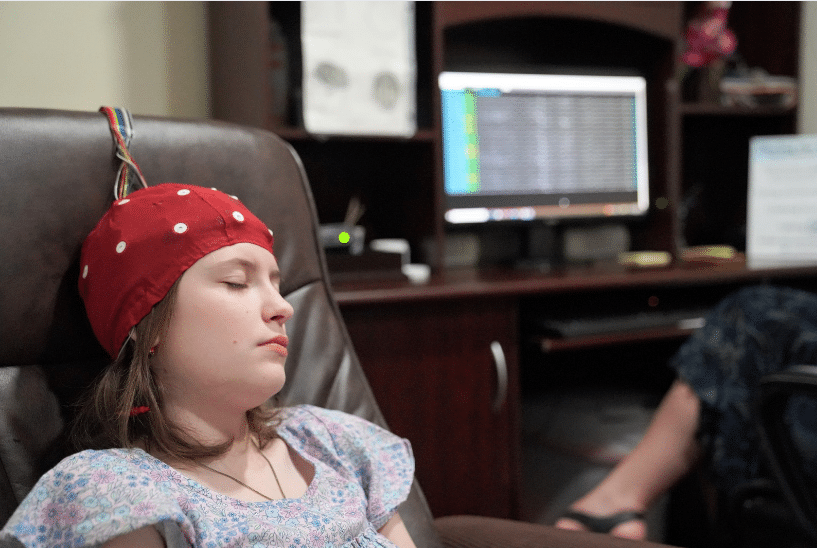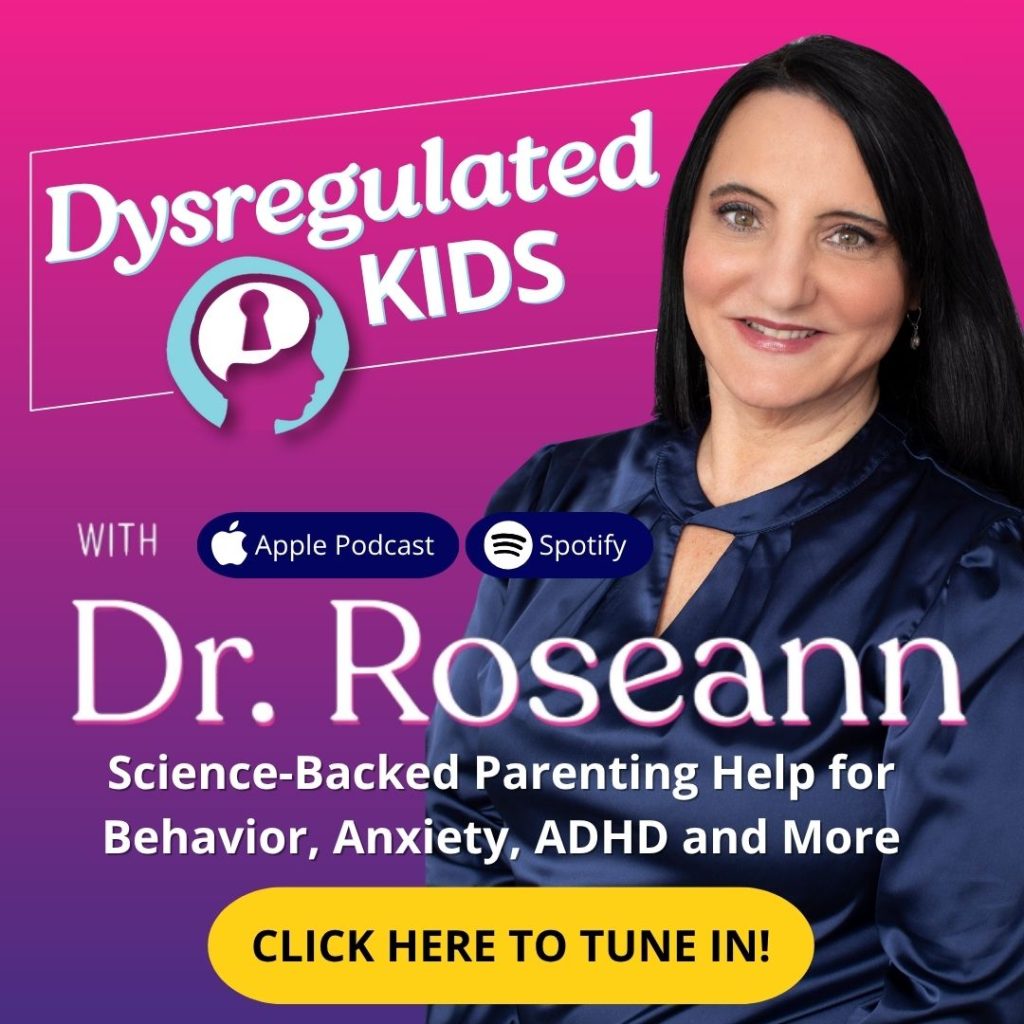Estimated reading time: 5 minutes
Not sure if your child’s focus struggles are ADHD or something deeper?
QEEG brain mapping is a gentle, science-backed way to “check under the hood” and see what’s really going on in the brain. It moves us beyond guesswork so we can understand the root of attention and regulation issues.
For many families, this is the first real step toward clarity and effective help.
Is Poor Brain Connectivity the Missing Link in ADHD and Learning Issues?
Researchers at the University of Cambridge revealed something powerful: learning and attention issues like ADHD may be rooted in poor connectivity between brain hubs, not just isolated brain regions (Siugzdaite, 2020).
Here’s what that means for your child:
- Well-connected brain hubs are linked to fewer, more specific challenges.
- Poorly connected hubs can lead to widespread learning and emotional struggles.
- This may explain why stimulant meds like Ritalin don’t always work—they don’t address the underlying brain dysregulation.
- The most effective support targets specific cognitive skills, like memory, attention, or listening—not just the diagnosis.
This lines up with what I see every day: when we calm the brain and support its weak spots, kids start to thrive.
What is QEEG Brain Mapping for ADHD?
When your child can’t sit still, follow directions, or stay focused—no matter what you try—it’s more than frustrating. It’s exhausting. And it leaves you wondering: Is it ADHD? Sensory overload? Anxiety? Or something deeper?
That’s why we use brain mapping.
Also known as QEEG (Quantitative Electroencephalography), brain mapping is a non-invasive, painless tool that shows how your child’s brain is actually functioning—using real data, not guesswork.
You’ll see where the brain is overactive, underactive, or stuck—and how that dysregulation is driving behavior.
What looks like misbehavior is often brain dysregulation—and yes, we can measure it.
For so many families, this is the turning point. Because when you calm the brain first, everything else follows.
How Does Brain Mapping Work for ADHD?
QEEG measures your child’s brainwave activity—kind of like how doctors check your heart with machines, but this one looks at the brain. It shows us what areas are working well… and where things are getting stuck.
Here’s what happens during a QEEG:
- Gentle sensors are placed on your child’s scalp to collect brainwave data.
- A computer analyzes patterns in key brainwaves: theta, beta, alpha, and delta.
- Then we create a visual brain map that highlights areas of under- or over-activity.
That map helps us answer important questions, like:
- Is your child’s brain stuck in high alert mode (hyperactivity)?
- Are their focus and attention centers underactive?
- Is anxiety hijacking their executive functioning?
Most importantly, it helps us understand what the brain needs to regulate—so your child can feel calm, focused, and in control again.

What Are the Benefits of Brain Mapping for ADHD?
When you’re stuck wondering, “Is this really ADHD—or something else?” QEEG brain mapping helps us finally see what’s going on underneath the behavior.
Not guesswork. Not assumptions. Just real insight into your child’s brain.
Pinpoints What’s Really Going On
ADHD can look a lot like anxiety, learning issues—even trauma. So how do you know what you’re actually dealing with? You don’t… not until you see the brain in action.
A QEEG brain map cuts through the noise and reveals what’s actually driving those big behaviors.
One study found that kids with ADHD show more slow-moving theta waves and fewer beta waves—the ones tied to focus and task completion—with 94% accuracy in identifying ADHD (Snyder & Hall, 2006).
Behavior is the symptom. Brain regulation is the solution.
Guides Personalized Treatment
Once we know which areas are stuck or overactive, we can finally create a brain-based plan that actually fits your child. This is where targeted treatments like neurofeedback come in—to help the brain learn how to self-regulate.
Not one-size-fits-all. Just what your child’s nervous system needs.
Tracks Real Progress
No more wondering if something’s working. Follow-up brain maps show us how your child’s brain is shifting—so we can tweak the plan if needed or keep building on what’s helping. Progress you can see, not just hope for.
So if you’re tired of trying everything and still getting nowhere, QEEG might be the missing link. It doesn’t just explain your child’s behavior—it helps us decode it.
Calm the brain first. Everything follows.

How Do I Know if Brain Mapping Is Right for My Child?
If you’ve tried everything and your child still struggles with:
- Focus or attention
- Meltdowns and impulsivity
- Trouble transitioning or staying on task
- Mixed diagnoses (ADHD, anxiety, sensory, etc.)
…then QEEG brain mapping for ADHD may be the missing piece.
Many of the families I work with have spent years trying therapy, behavior charts, or even multiple medications—without lasting results.
Once we map the brain, it’s like flipping on the lights. The “why” behind your child’s struggles becomes clear, and the path forward finally feels doable.
Parent Action Steps
Frequently Asked Questions
How Does QEEG Brain Mapping Differ from Traditional EEG?
A traditional EEG simply records brainwaves. QEEG takes it further—analyzing that data to create a visual “map” of brain activity and connectivity. It highlights where things are stuck or out of sync, giving us deeper insight into what’s really driving your child’s behavior or focus challenges.
How Accurate Is QEEG Brain Mapping in Diagnosing ADHD?
QEEG is highly accurate—studies show it can identify ADHD brainwave patterns with up to 94% accuracy. It’s not about labeling; it’s about understanding what’s happening in your child’s brain so you can choose the right tools to support focus, calm, and regulation.
How Long Does It Take to Complete a QEEG Brain Mapping Session?
A typical session takes about 45 to 60 minutes. That includes setup, recording brain activity, and reviewing next steps. It’s non-invasive and painless—just your child sitting still while we capture the brain’s signals to uncover what’s going on beneath the surface.
Can QEEG Brain Mapping Detect Changes in ADHD Symptoms Over Time?
Yes! One of the biggest benefits of QEEG is that it shows how the brain changes. With follow-up maps, we can see what’s improving, what needs more support, and adjust your child’s plan with confidence—so you’re never left guessing if something is actually working.
Are QEEG Brain Mapping Services Widely Available for ADHD Diagnosis?
QEEG brain mapping is becoming more available across the country, especially in clinics focused on brain-based care. Search for “QEEG brain mapping near me” and look for providers who specialize in ADHD and use the results to guide personalized, drug-free treatment options.
Citation
Siugzdaite, R. (2020, February 27). Learning difficulties due to poor connectivity, not specific brain regions, study shows. University of Cambridge. https://www.cam.ac.uk/research/news/learning-difficulties-due-to-poor-connectivity-not-specific-brain-regions-study-shows
Snyder, S. M., & Hall, J. R. (2006). A Meta-analysis of Quantitative EEG Power Associated With Attention-Deficit Hyperactivity Disorder. Journal of Clinical Neurophysiology, 23(5), 441–456. https://doi.org/10.1097/01.wnp.0000221363.12503.78
Dr. Roseann is a mental health expert in Neurofeedback who frequently is in the media:
- The Holistic Counseling Podcast Therapist’s Integrative Tools: Neurofeedback and Biofeedback
- Life’s Essential Ingredients Connecting at the Root
- Helping Children Thrive Podcast Benefits of Neurofeedback for children with ADHD
- She Knows 11 Products Moms of Kids With ADHD Swear By to Maintain Order in the Chaos
- The Healthy 12 Silent Signs of Adult ADHD You Might Be Ignoring
Always remember… “Calm Brain, Happy Family™”
Disclaimer: This article is not intended to give health advice and it is recommended to consult with a physician before beginning any new wellness regime. *The effectiveness of diagnosis and treatment vary by patient and condition. Dr. Roseann Capanna-Hodge, LLC does not guarantee certain results.
Are you looking for SOLUTIONS for your struggling child or teen?
Dr. Roseann and her team are all about science-backed solutions, so you are in the right place!
Is it ADHD or something else?
Find out why your kid can’t focus, listen, or complete tasks.
© Roseann-Capanna-Hodge, LLC 2024











